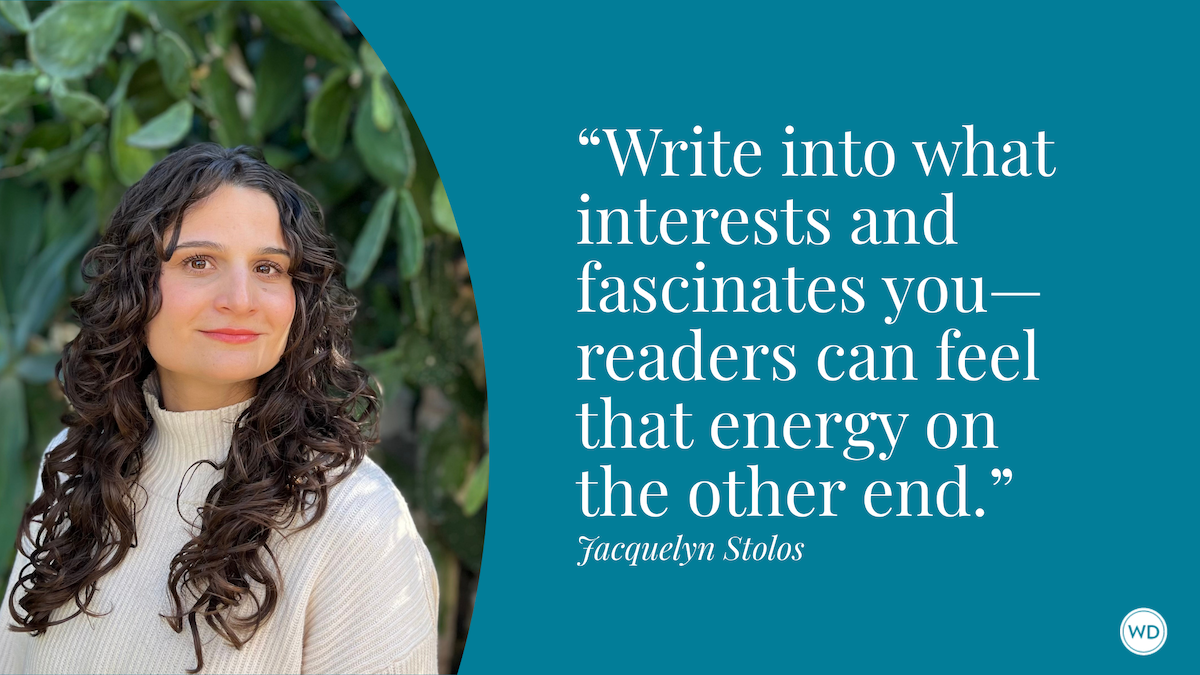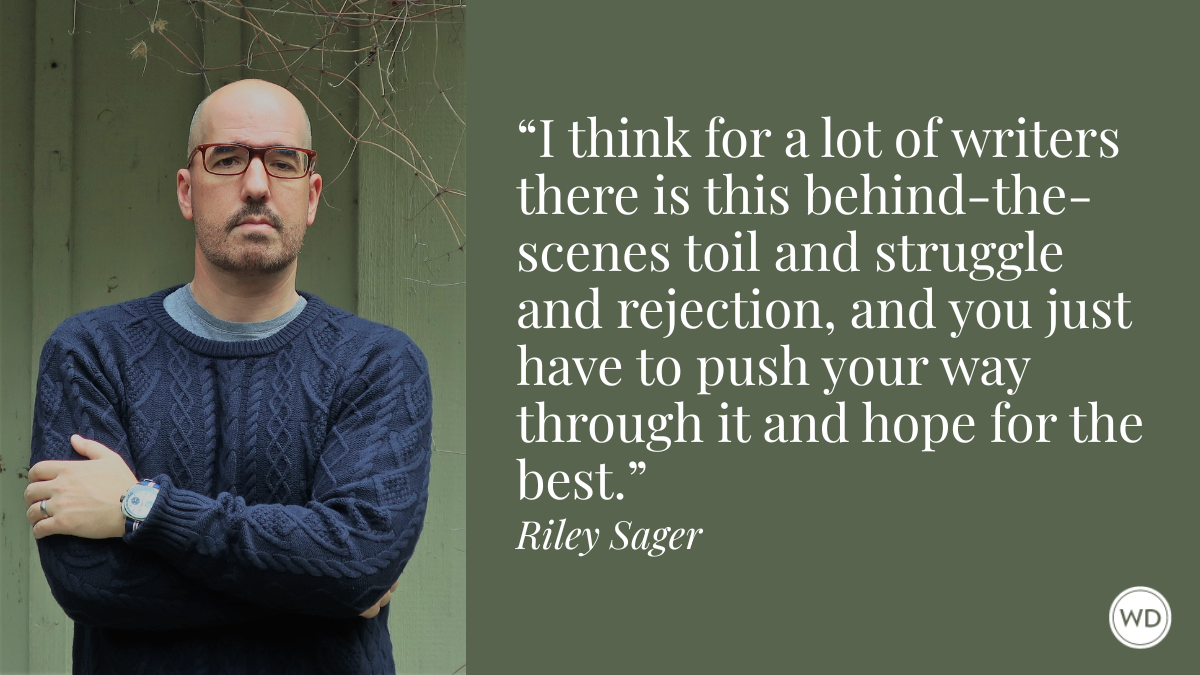An Accidental Translator (Craft of Translation)
Artist and author (and translator) Diego Jourdan Pereira kicks off his new Craft of Translation series by sharing how he broke into the biz.
How does a man—or perhaps more importantly, a cartoonist-turned-puzzle-maker—burrow himself into yet another, equally confined niche such as literary translation?
Generally speaking, writers, translators, and the rarae aves that are lexicographers come from all walks of life but rarely from academia—demigoddess Jhumpa Lahiri notwithstanding. This may be due to the nature of the publishing business itself, where craft, endurance, and the completion of tasks within an allotted timeframe trump any other consideration. One way or another, the profession will see all manner of nightly lucubrators flock to it, be it under the spell of a higher calling—the splendid Langston Hughes comes to mind—or out of sheer necessity.
Surely the love of languages which saw yours truly learn English and Portuguese, coupled with an appreciation for dictionaries—a side effect of constructing word puzzles—as well as the awe-inspiring oeuvre of my friend Marc Bernabé all played their part, but the 2020-2021 COVID-19 pandemic lockdowns would seal my fate.
There I was, unable to leave the apartment and furloughed from my bookstore dayjob while in the midst of writing my first 125,000-word bathroom reader. With the latter’s meager advance already spent and desperate to prove to my Chilean fiancée she wouldn’t end up marrying a bichicome*, I came across IDW Publishing’s Spanish language editions aimed at Hispanic-American readers.
Although more than a decade had passed since I last illustrated for the company on a freelance basis, I had kept in touch with a friend in their distribution department who generously helped me contact the editor in charge. Career capital in comics, extensive exophonic writing, and a native grasp of the target language did the rest.
Several graphic novels later, as the pandemic demand for puzzle and trivia books waned, a surge in sales of public-domain classics—including two Winnie the Pooh volumes I colored anew—ensued. This trend led me to realize that a vast array of Hispanic and Lusophone literature lay waiting to join its Anglosphere counterpart on American and British shelves.
As an author straddling both worlds, I thought I was the right man to bridge that particular cultural divide. However, prose and verse would require all I had—and then some!—in order to plunge head-first into the translation rabbit hole—they still do!
So starting next month, I will be sharing my foray into the techniques, challenges and toil behind this beautiful craft in a series of Writer’s Digest articles, beginning with the bête noire of modern-day translation: AI!
Stay tuned.
*****
*TN: In Uruguay, a homeless vagrant. The root of the word is still in dispute between those who trace it back to the Quechuan wichi (impoverished, ragged), those who deem it a Hispanization of nineteenth-century British beachcomber, and those who to take it to be a conflation of come bichos (“bug-eater”).









